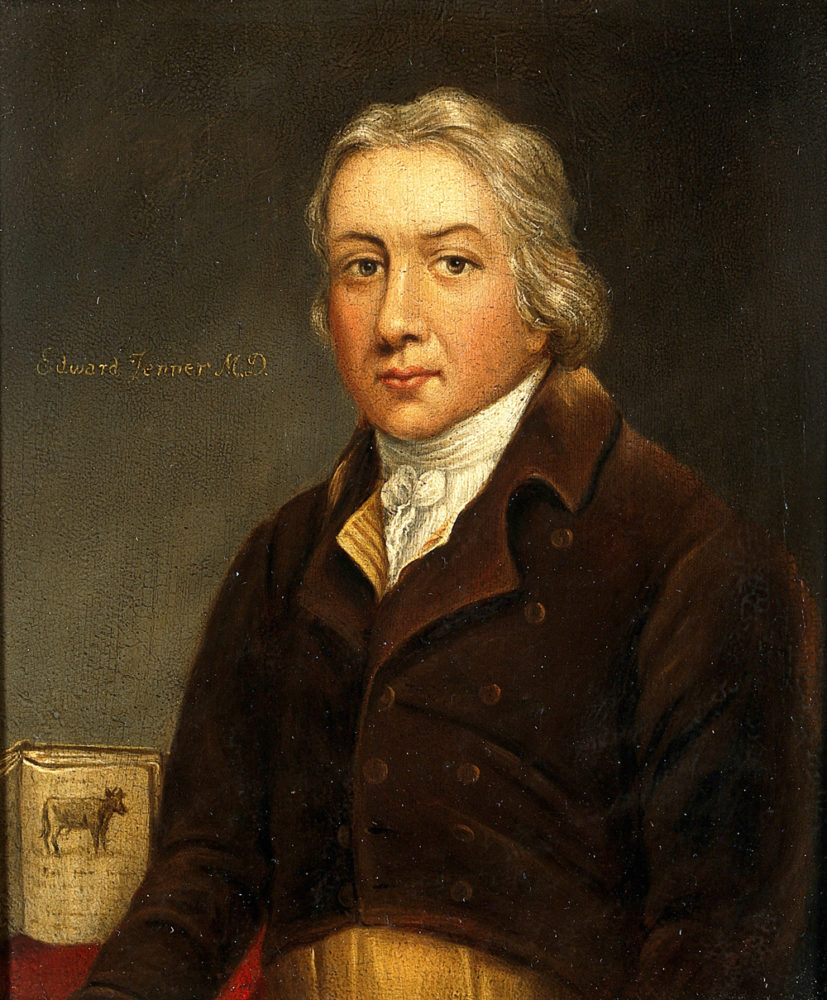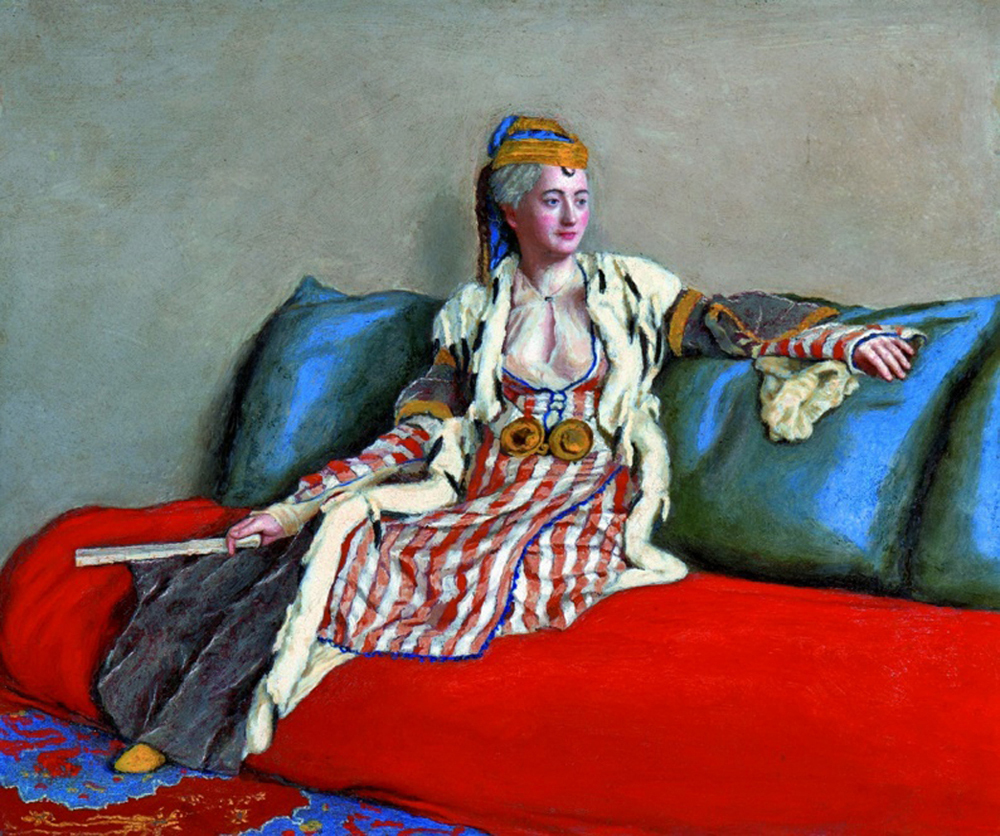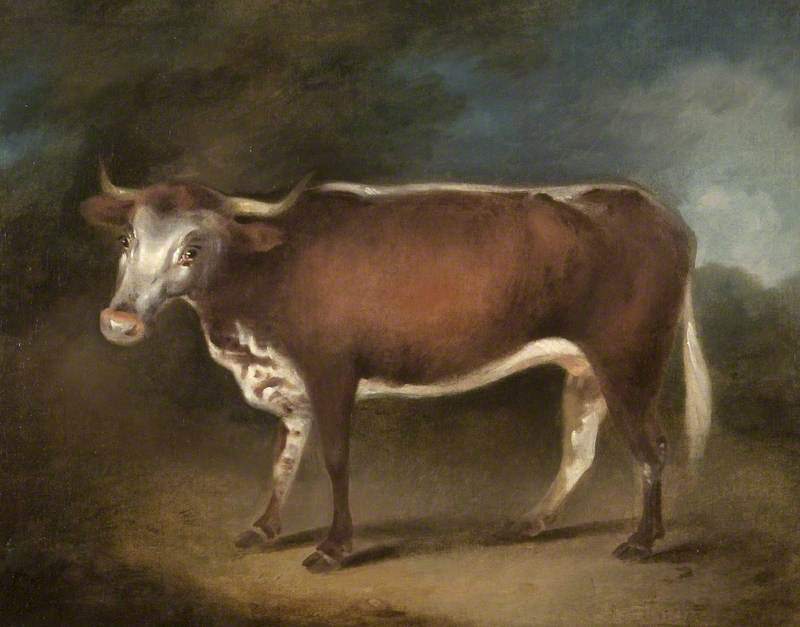 Menu
Menu
 Menu
Menu
In just over 200 years, vaccines have helped tame almost thirty diseases. How did it all begin?
Polio. Whooping cough. Typhoid. Such deadly and disfiguring diseases are little more than a memory in the west. Yet, only a few generations ago catching such a disease could be a death sentence. The decline of many contagious diseases is one of the great success stories of modern society.
This decline cannot be boiled down to a single, all-encompassing explanation. Better sanitation has played a role. So has our access to more nutritious foods, our stronger health and labour laws, and the creation of public health care. Amongst all this, we cannot miss the impact of the vaccine.
A vaccine usually involves the injection of a dead or weakened disease organism (or parts of it) into the body. The injection prompts the body to start developing its own antibodies to fight off that disease. Because vaccines train the immune system to create its own antibodies, vaccines provide long-term immunity to diseases. Put simply, vaccines protect us from disease.

Edward Jenner, pioneer of the modern vaccine. The Jenner Institute believes that the task he started may have saved more lives than any other person’s work.
Before vaccines, there only was one accepted way to immunise people: a process called variolation. Variolation was used to give people immunity to one particularly deadly disease: smallpox. The procedure originated in China, and knowledge of it moved its way westwards as trade and travel expanded.
To variolate a person, pus from a smallpox lesion was taken from a patient, and then scratched into a healthy person’s skin. Another method had doctors blow dried smallpox scabs up people’s noses. For reasons still not entirely understood, the exposure would only spur a mild case of smallpox. The mild smallpox infection would train the immune system to develop antibodies to the disease.
Unfortunately, variolation was not perfect. Sometimes people developed full-blown smallpox, leaving them seriously ill or even dead. Other unlucky recipients contracted diseases such as syphilis or tuberculosis, if the smallpox pus came from a person carrying such diseases. Further, people who contracted mild smallpox through variolation were contagious while the disease ran its course. Without careful isolation, they could spread the disease. Still, the death rate from variolation was usually no more than 2%, a far cry from the 20-60% mortality rate of a serious smallpox outbreak.

Lady Mary Wortley Montagu learned about variolation while visiting Turkey in 1717. She spread the word to England, where several death-row prisoners were given the option of variolation experiments or execution. Not surprisingly, the prisoners chose variolation. It worked, the prisoners were freed,
and variolation began in England.
Variolation quickly spread across 18th-century England. One recipient was an eight-year-old boy named Edward Jenner. His treatment turned out fine, and he grew up to become a doctor. Knowing the risks of variolation, in 1796, Dr. Jenner set out to develop a better way to immunise people from smallpox.
English farm folklore had it that milkmaids who contracted cowpox—a comparable but much milder disease—would never contract smallpox. Similar tales had been floating around India for centuries. By the mid-1700s, most people believed that there was truth to these stories. Jenner wanted to prove it.
When Jenner diagnosed Sarah Nelmes, a local milkmaid, with cowpox in May 1796, he saw his chance to see if cowpox would make people immune to smallpox. Jenner took pus from her cowpox lesion, and exposed his gardener’s son to it. The boy developed mild cowpox. A few weeks later, he exposed the boy to smallpox. The boy did not come down with the disease. It appeared that controlled exposure to cowpox would provide immunity to the much more dangerous and disfiguring smallpox. Jenner called his innovation a vaccine, after the Latin word for cow, vacca.

Blossom, the cow that gave Sarah Nelmes cowpox. Its hide is on display at St George’s Medical School in London.
Jenner spread the word about his vaccine. In 1797, he submitted a short paper describing his work to the Royal Society, the United Kingdom’s national academy of sciences. The Royal Society rejected the paper. Not dissuaded, he performed more scientific experiments to verify his findings. Then, in 1798, he published An Inquiry into the Causes and Effects of the Variolae Vacciniae, a disease discovered in some of the western counties of England, particularly Gloucestershire, and known by the name of "The Cow Pox". He travelled to London to promote his findings. Doctors were impressed and passed along the news to their colleagues. In a few short years, the smallpox vaccine spread across much of the world.
Realising the enormous public health benefits of vaccinations, Bavaria, Sweden, Denmark, and Norway created mandatory smallpox vaccination laws by 1821.
Realising the enormous public health benefits of vaccinations, Bavaria, Sweden, Denmark, and Norway created mandatory smallpox vaccination laws by 1821. England banned variolation in 1840 and made infant vaccination compulsory in 1853. And several American states, beginning with Massachusetts, mandated that people be vaccinated. Vaccination worked so well that, following a 20th-century global vaccination effort, smallpox disappeared entirely. And so the end came for a disease once responsible for one out of every twelve deaths. Today, only lab specimens remain in the United States and in Russia.
To be sure, Jenner’s accomplishment is not the story of one person. His work rested upon centuries of prior knowledge and experimentation, across many cultures. And Jenner was not even the first person to immunise people using cowpox. During a 1774 smallpox outbreak in Downshay, England, a farmer immunised his family using a haphazard mix of a knitting needle and a neighbour’s cow. As well, similar procedures were tried in France in the late 1700s. Nonetheless, Edward Jenner’s understanding of past knowledge, his use of the scientific method of controlled and reproducible experiments, and his dogged determination to promote his discovery, gave him a place in history as the person credited with creating the vaccine.
The curious part about Jenner’s smallpox vaccine was that nobody was sure how it worked. It took over sixty years for the secret to be unlocked, by French scientist Louis Pasteur and German scientist Robert Koch.
In the 1800s, a common belief was that disease spread through miasma, or putrid air. In 1857, Pasteur said it could be explained by germ theory. Germ theory is the idea that small microorganisms are responsible for disease. He was not the first person to suggest this, but he was the first to demonstrate through replicable experiments that particles in the air—and not the air itself—were causing diseases.
Koch picked up on Pasteur’s work, and began to isolate and identify particular germs that caused particular diseases. Koch also recognised that antibodies built up our immunity to diseases.
With germs such as rabies and anthrax now identified, Pasteur was able to weaken them and inject them into animals. He discovered that if you injected weakened germs into an animal, it would develop antibodies for that disease. Because humans are animals, the same principle applied. And so came the next great step in vaccine science.